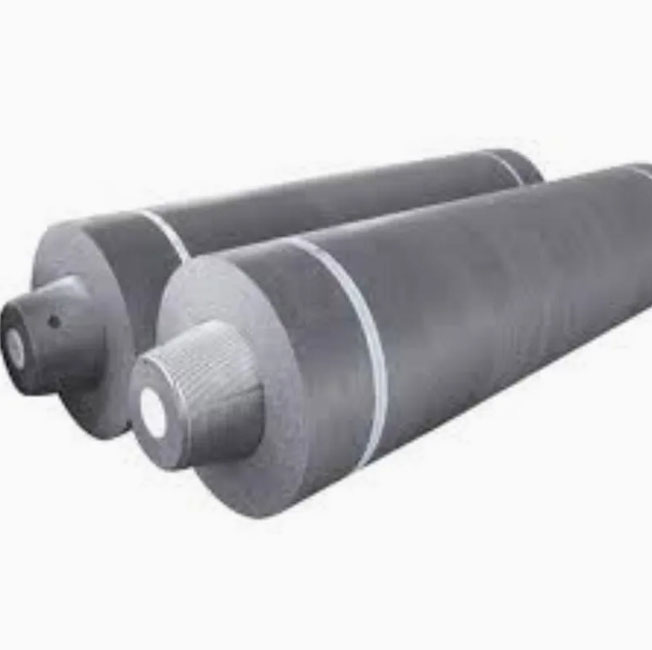
Carbon-based electrodes can be used as anode and cathode in a wide range of electrochemical applications. They are characterized by a wide potential window, good stability and easy fabrication, which make them suitable for basic research in addition to real-world applications such as protein film electrochemistry or bioelectrocatalysis1. Graphite's complexity is often overlooked, making it difficult to design carbon electrodes with optimal properties. The main reason for this is the presence of various oxygen-containing functional groups (OFGs) on the graphite surface, which are able to interact with solution species and/or reaction products2.
Deoxygenation improves the performance of GDEs. The deoxygenation process improves half-cell performances by removing ofgs and introducing a new active edge site, while maintaining the sp2planes. This allows for improved defect healing, and electron transfer. The increased efficiency can also be explained by the decrease in charge-transfer resistance and activation of oxygen rich carbon vacancies at graphite-electrolyte's interface3.
We performed cyclic-voltammetry experiments in order to test the performance and stability of the deoxygenated GDEs. The cyclic voltammetic behavior of the deoxygenated GDEs is comparable to that of commercial glassy carbon electrodes (GCEs), with the same faradaic efficiencies and similar background capacitances. This indicates that by deoxygenating the GDEs, they are able to be used for a variety applications.

The electrocatalytic behaviour was also tested in aqueous enzymatic solutions. Deoxygenated GDEs demonstrated higher catalytic values than GCEs. The high response of the GDEs deoxygenated can be attributed the graphite’s capability to remove the glucose from enzyme solutions efficiently via DET/MET mechanisms.
The immobilization on the GDEs deoxygenated of peptides, enzymes, and other molecules was also investigated. Successful immobilization of BOD and GOD was achieved via covalent coupling, resulting in enhanced catalytic activity. XPS analyses of the deoxygenated GDEs and the untreated GDEs show that the deoxygenation process significantly enhances activity of the graphite surface, and is therefore suitable for practical applications.
A micrograph of the GDEs and GCEs was also taken to examine their morphology. The results show the removal of oxygen significantly improves atomic structure in GDEs, especially the sp2 areas. The atomic density increases significantly, indicating more disordered graphitic structures, which may be responsible for the enhanced activity of the GDEs.
To further test our electrodes' performance, we performed Electrochemical Impedance Spectroscopy. The EIS data of the 25% PE GDE in NaPi buffer, at -0.25, 0.15 and 0.65V, reveals a classic Warburg curve. In contrast, the GDE and GCE with 15% PE exhibit a mixed response, which includes a diffusion limited component in addition to the Warburg line. This suggests the 15% PE could help stabilize electrodes under redox reaction conditions that are used for EIS.

Write a Message